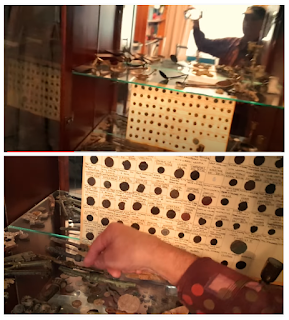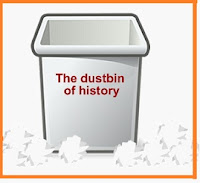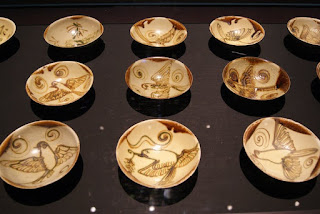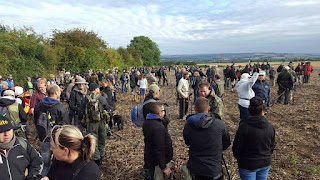9.1: Curating Archaeological Information as a Personal Collection

Antiquities collection Since the archaeological record is finite and fragile, responsible artefact hunters who are removing material and information from it must replace any information destroyed by a permanent and as full as possible documentation. The objects in a responsibly-created private collection should not be held loose, but in a form that allows them easily to be linked back to the documentation of the archaeological interference that produced them. As Ian Longworth (1992, 5) puts it, if the collected objects are to be used to fulfil their potential, then their care becomes a matter of paramount importance. It should be noted that preservation, far from being a passive role, is a task that must be worked at that calls for the use of many resources to turn good intention into reality. To be effective in this task private collections must seek to reach attainable standards and these need to apply to all aspects of the problem - the environmental conditions under whic







